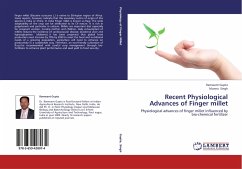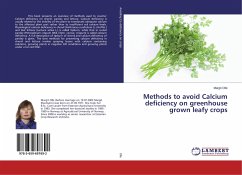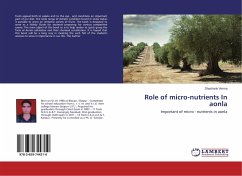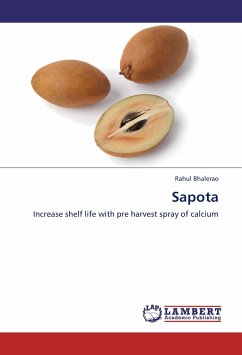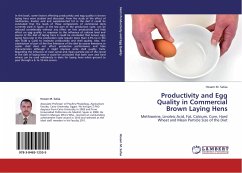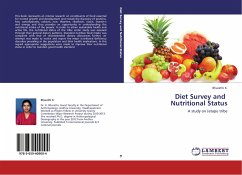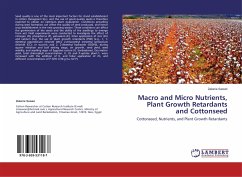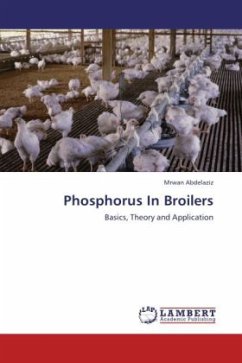Finger millet (Eleusine coracana L.) is native to Ethiopian region of Africa. Some reports, however, indicate that the secondary centre of origin of this species is India or China. In India Finger millet is known as Ragi. The wide adaptability of the crop can be attributed to its C4 nature. It is rich in polyphenols and particular in calcium. Millets are important diet especially for pregnant women, nursing mother and children, daily consumption of millets reduces the incidence of cardiovascular disease; duodenal ulcer and hyperglycaemia (diabetes). It has been projected that global food production must increase by 70% by 2050 to meet the food and nutritional needs of a growing population, agriculture will need to enhance on productivity in a sustainable way, Therefore, an eco-friendly cultivation of Ragi be recommended with careful crop management through bio-fertilizers to enhance plant performance and seed yield to food security.
Bitte wählen Sie Ihr Anliegen aus.
Rechnungen
Retourenschein anfordern
Bestellstatus
Storno

